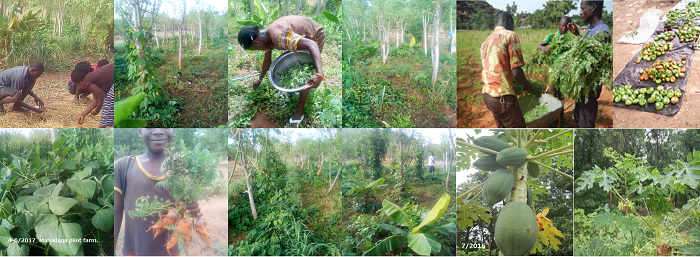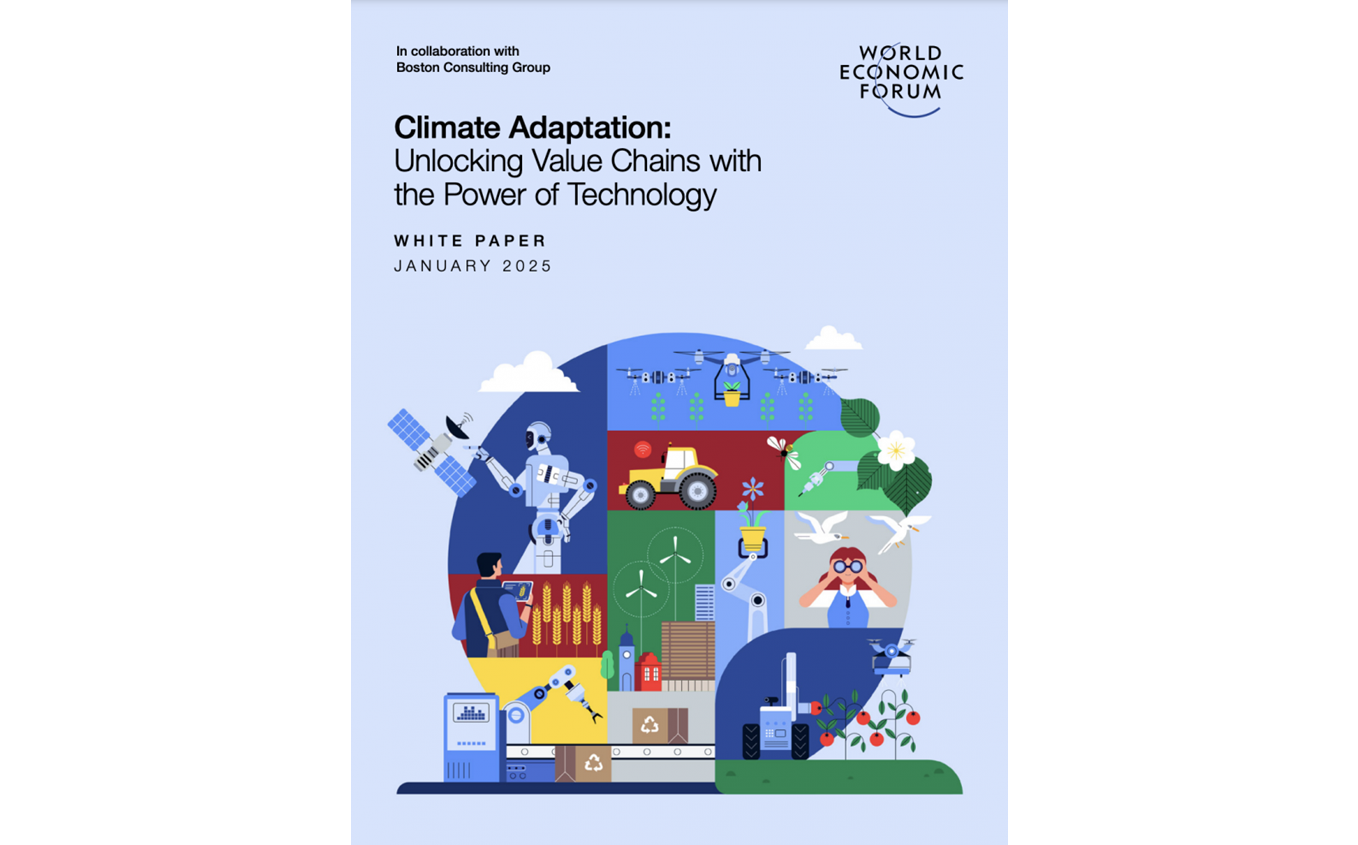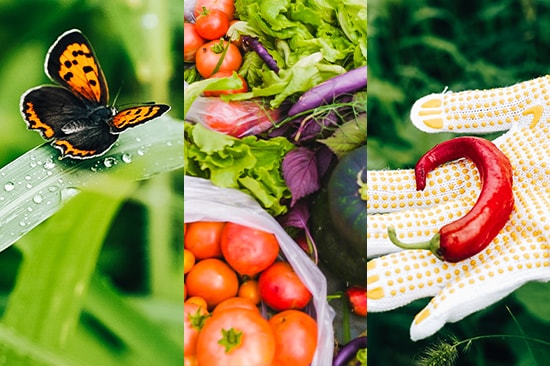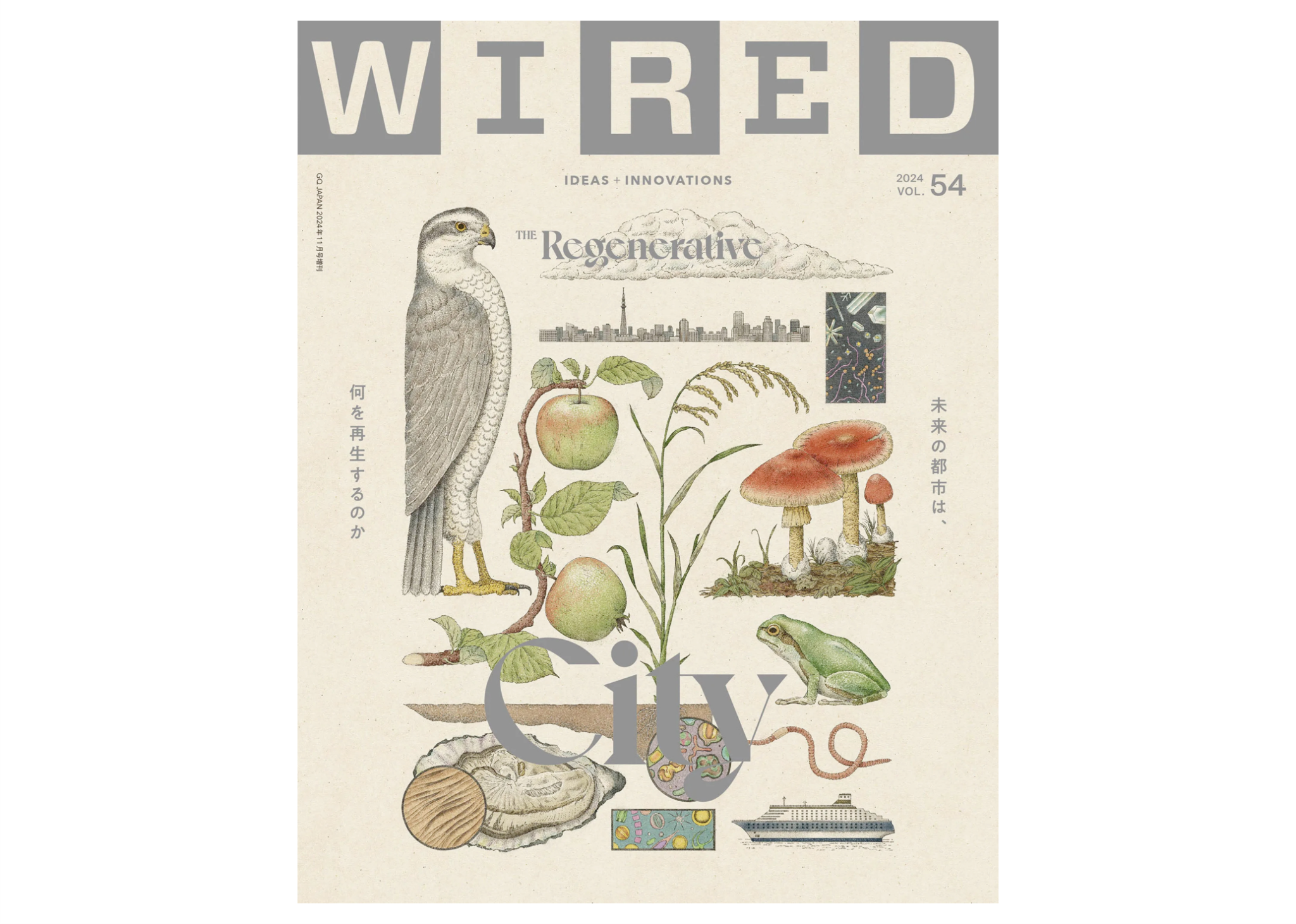Transboundary Research
アフリカにおけるSynecocultureの実証実験と展開
Synecocultureの生態最適の原理に基づき、2015年からはアフリカ・サブサハラにおけるブルキナファソをはじめとしたサヘル地域においてSynecocultureを導入。砂漠化し自然回復が不可能だった土地においても、150種の現地作物を用いたSynecocultureの実践により、1年間で砂漠化を逆転させ、森林生態系の回復に成功しました。
またサブサハラ諸国の50を超える圃場において実装を支援し、慣行農法が難しい環境でも生物多様性を拡張しながら自律的な食料生産が可能であることを示しました。その過程で、従来の食料生産にとっては打撃となる気象の不安定性が、Synecocultureの生態系においては多様性や生産性に対してポジティブに作用することも実証しました(https://www.nature.com/articles/s44264-024-00014-4)。

アフリカにおけるSynecocultureの国際シンポジウム
- Proceedings of the 1st African Forum on Synecoculture(2016)
- Proceedings of the 2nd African Forum on Synecoculture(2017)
- Proceedings of the 3rd African Forum on Synecoculture(Feb.2018)
- Proceedings of the 4th African Forum on Synecoculture(Nov.2018)
- Proceedings of the 5th African Forum on Synecoculture (Sep.2019)
- Proceedings of the 6th African Forum on Synecoculture (Aug.2022)
この実証実験の成功を受けて、アフリカにおけるSynecocultureの研究教育センター、CARFS/ACTRS(Centre Africain de Recherche et de Formation en Synécoculture/African Center for Training and Research in Synecoculture)が創設されました。私は同センターの科学ディレクター(Directeur Scientifique)も兼ねています。CARFSを通じて、サブサハラ諸国でSynecocultureにより食料生産と生態系荒廃地の緑化を推進する複数の国際および民間プロジェクトが展開されています。
Members
Related News
Climate Adaptation: Unlocking Value Chains with the Power of Technology




